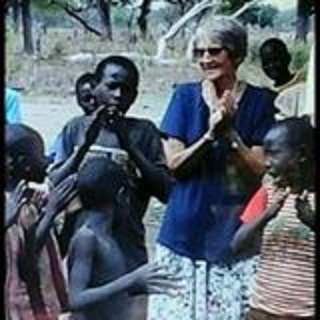South Sudan, an OLSH mission. And a film about Sudanese refugees in Sydney, Hearts and Bones.
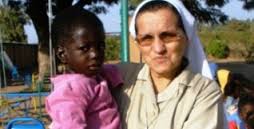
South Sudan seems very remote from Australia. The Chevalier Family has a strong reason for knowing about it. For many years, international OLSH sisters have worked there, including Mary Bachelor in the past,
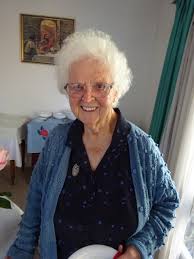
Rita Grunke in the present.
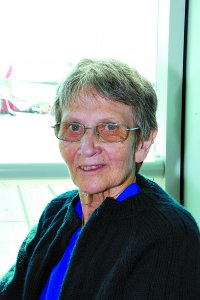
The MSC Mission Office has for a long time contributed to welfare in South Sudan.
To bring something of this home, we recommend a new film about a war photographer who befriends a Sudanese refugee in Sydney, a different focus for Australian audiences more familiar with asylum seekers from Asia and the Middle East.
A review of the film from the Australian Catholic Office for Film and Broadcasting.
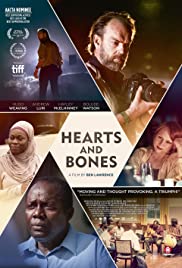
Heart and Bones is a very impressive film in many ways. It offers its audience, in Australia and worldwide, a 21st-century Australian story, growing Australian consciousness, a challenge to the Australian conscience.
The film opens strikingly with an overseas ambush, war photographer Dan Fisher seeing a crashed car, dead occupants, his taking photos, frightening a little girl on the other side of the car, her running away, Dan pursuing and falling, his associate warning that there were landmines, Dan photographing the little girl, her running away, an explosion.
In fact, this is the main part of the film, at least visually, which focuses on the title theme of bones. There will be other photographs. There were the other very sad stories, especially from uprisings and massacres in South Sudan. The rest of the film concentrates on the title theme of hearts, emotional stories, probing of the past and coming to terms with it.
Australian audiences who watch films and documentary television programs on refugees and asylum seekers know more about those who have fled from Asia and the Middle East. There is not such a concentration on refugees from Africa, from countries like South Sudan. (In cities like Melbourne, federal politicians and some media have tended to demonise and overstate the activities of young Sudanese members of gangs – and, in a sequence where Dan Fisher is interviewed by Fran Kelly on Radio National Breakfast, she asks him, quoting the Minister for Border Control, whether he thinks his photos are ‘misery-porn’).
Hugo weaving plays Dan Fisher, a striking performance, intense, communicating, often wordlessly, the impact of his decades of war photography, post-traumatic stress disorder, on his physical and psychological health, his relationship with his partner, Josie (Hayley Mc Elhinney). The sequence where he reacts to Josie telling him she is pregnant is a study in itself of a man who is shocked, remembers the past years when their little baby died, his reaction is self-centred, moving into panic attack makes quite an impact on us.
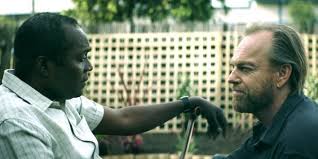
Which means, that this is essentially a film about the life of the war photographer, his being celebrated, his weariness, his having to face his relationship with his partner, come to terms with his avoiding of doctors and counsellors, to probe his psyche and come to terms with himself.
But, there is a whole other dimension to the film with the character of Sebastian (Andrew Luri in his first film, credible and persuasive), a man who has been allowed into Australia, a refugee from terrors in South Sudan, the brutal loss of his family, but finding a new home, love and devotion from his wife (again, a moving performance from Bolude Watson), a baby girl, her being pregnant, his plans to buy a house and renovate iy, believing that to have the land is to have his own home.
Sebastian hears Dan on the radio, buys his book of photos, comes to ask him to photograph a group of African men who have formed a choir. Initially Dan refuses, collapses, Sebastian taking him to hospital, then feeling some obligation, going to hear the men sing and being impressed. In the meantime, an exhibition of Dan’s photos is being organised and Sebastian askeds him not to exhibit some of the Sudanese photos, not to exhibit such pain and sorrow.
And, yet there is more, some moral strong complexities to the plot, challenging the audience and its sympathies and moral judgements.
Many in the audience will be hoping for some kind of resolution, even a happy ending for both parties. But, life is not entirely like that. Happiness is to be hoped for, to be worked for with some kind of self-sacrifice. And so, the audience, having been moved by the stories of both men, the war and refugee context, the implications for Australians welcoming refugees in friendship, in work in collaboration, will find that endings cannot always be clean-cut, clear-cut.
This is a film to be recommended.
